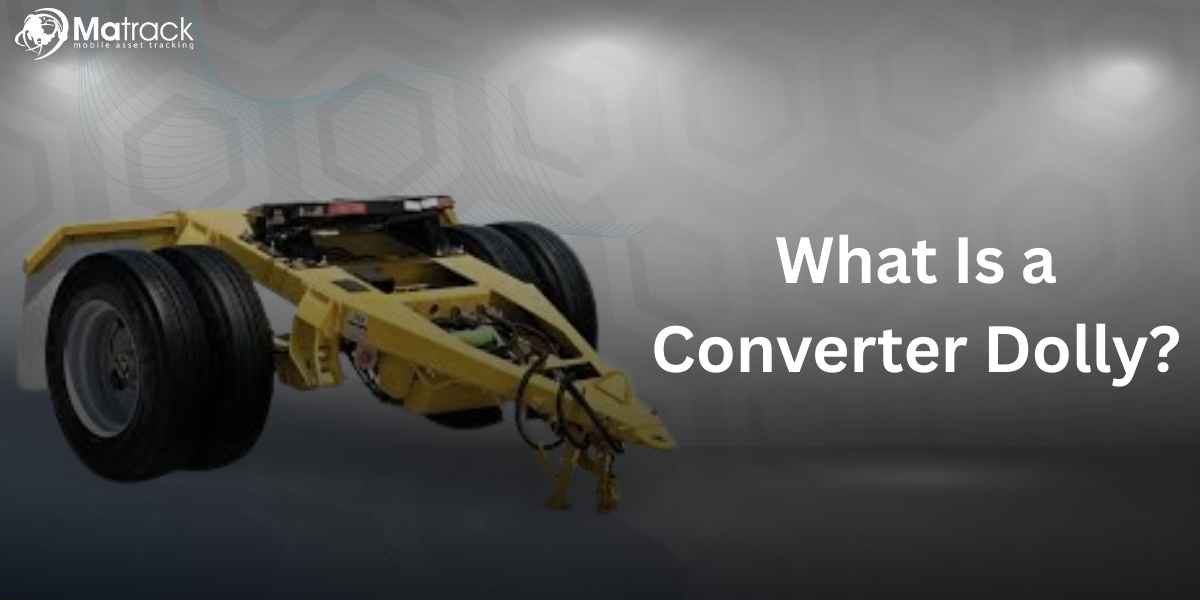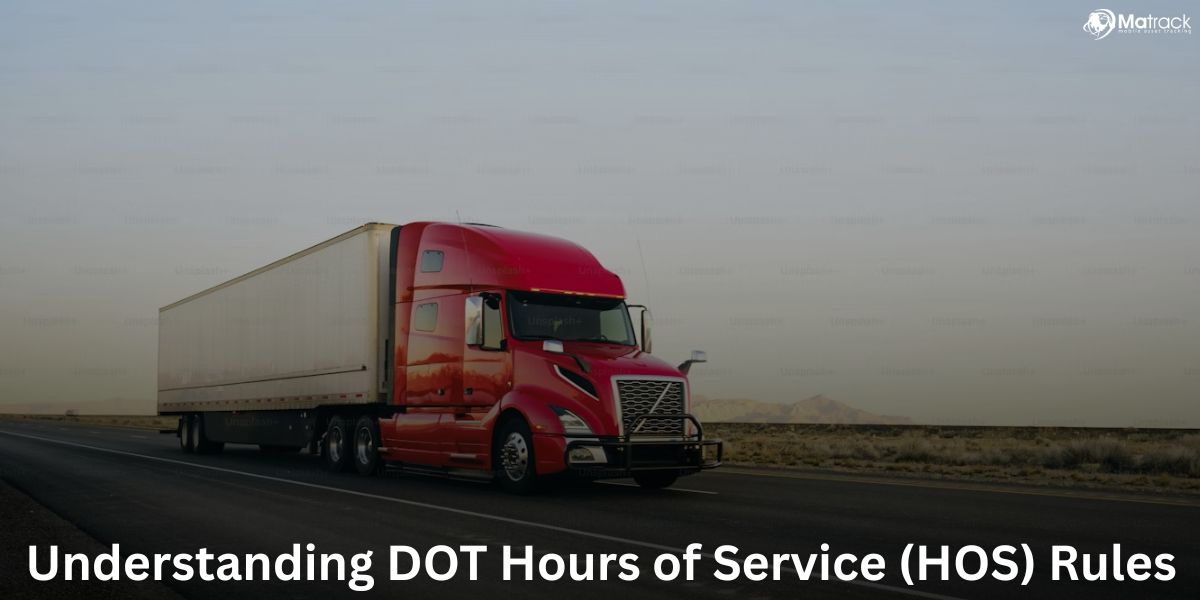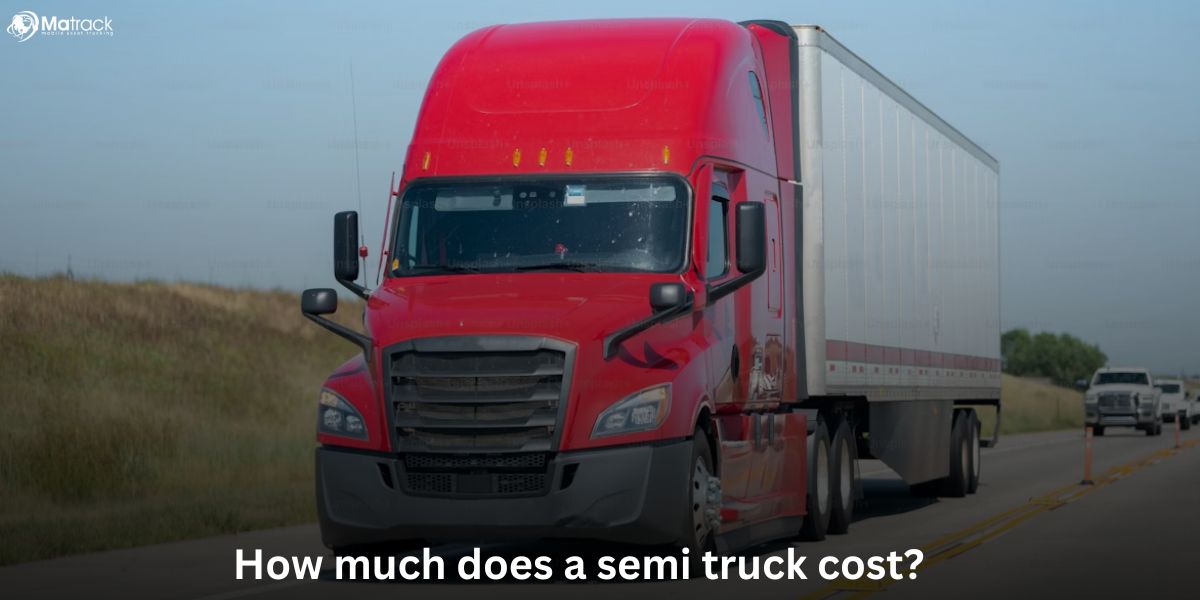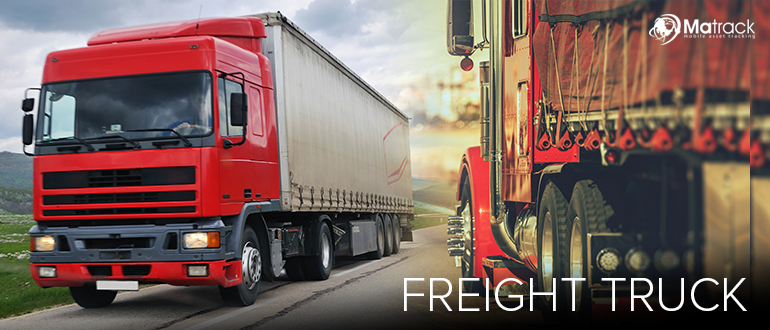Key Takeaways:
- A converter dolly connects two trailers using a fifth wheel, allowing one truck to haul multiple trailers.
- It includes main components like axles, tow bar, pintle hitch, brakes, lighting, and air ride suspension for safe operation.
- Converter dollies improve freight capacity, reduce operating costs, and support flexible trailer setups.
- They differ from booster dollies in function, as booster dollies manage weight distribution, not trailer connection.
What Is a Converter Dolly?
A converter dolly is a small trailer-like device used to connect two full-sized trailers in a truck configuration, making it possible to haul more than one trailer. It has a fifth wheel coupling, axle(s), and a tow bar that links the first trailer to the second one.
It works by attaching to the back of the first trailer and locking into the front of the second trailer’s kingpin. This setup turns a single trailer truck into a double or triple trailer unit for carrying more cargo.
Key Function of a Converter Dolly
- Fifth wheel connects directly to the kingpin of the second trailer, locking it securely into place. This coupling allows the second trailer to pivot safely while being towed.
- Axle(s) support the vertical load of the trailing trailer and distribute its weight evenly. Single-axle dollies are used for lighter loads, while tandem-axle dollies handle heavier cargo with more stability.
- Tow bar links the converter dolly to the rear of the first trailer through a rigid A-frame or drawbar. It maintains alignment between trailers and ensures smooth tracking during movement.
- Pintle hitch provides the secure mechanical connection between the dolly’s tow bar and the leading trailer’s hitch point. It allows for flexible movement during turns without detachment.
- Brakes are integrated into the dolly and synchronized with the trailer’s anti lock brake system. This coordination ensures controlled deceleration and safe stopping of all connected trailers.
- Lighting on the converter dolly includes brake lights, turn signals, and reflectors wired into the lead trailer’s electrical system. These lights improve visibility and ensure legal compliance during night or low-visibility driving.
- Suspension absorbs shocks and road vibrations to stabilize the dolly during transit. The air ride suspension reduces stress on the trailer frame, cargo, and coupling components for safer, smoother operation.
Types of Converter Dollies
Single-Axle Dolly
Single-axle dolly includes one axle with two wheels. It is commonly used in lighter load applications and is suitable for city transport and short-haul operations.
Tandem-Axle Dolly
Tandem-axle dolly has two axles, offering greater stability and load-bearing capacity. It is used in long-haul trucking and where roads are uneven or loads are heavier.
Liftable Dolly
Liftable dolly includes a mechanism to raise or lower the wheels. This is especially useful in drop-and-hook operations where the dolly must be repositioned quickly without being attached to a truck.
How a Converter Dolly Works
- Attachment: involves coupling the converter dolly to the rear hitch of the lead trailer using a pintle hook or pintle eye.
- Positioning: aligns the converter dolly with the kingpin of the second trailer to prepare for coupling.
- Locking: secures the kingpin of the second trailer into the fifth wheel on the converter dolly.
- Air and Electrical Hookups: connect the dolly to the trailers using air hoses and electrical cables for brakes and lighting.
- Inspection: checks all mechanical, air, and electrical connections to confirm the entire setup is safe for travel.
Use Cases of Converter Dollies
Converter dollies increase load volume without increasing the number of trucks. Their most common use cases include:
- Line-haul freight transport between distribution centers
- Logistics operations in mining, timber, and heavy-duty industrial sectors
- Intermodal freight systems involving different modes like rail and road
Legal and Safety Considerations
Using converter dollies introduces complexities in handling and regulation. The following legal and safety elements are critical:
- Federal Bridge Formula Compliance: Dollies must maintain correct axle spacing to comply with U.S. regulations for weight distribution.
- Length Restrictions: Most states restrict the maximum length of a multi-trailer combination to 28.5 feet per trailer.
- Brake Synchronization: Air brake systems must be calibrated to ensure synchronized braking between the trailers.
- Maneuverability Hazards: Tight turns, reversing, and jackknifing become significantly more dangerous in multi-trailer setups.
Benefits of Using a Converter Dolly
Increased Freight Efficiency
One tractor pulls multiple trailers, moving more cargo in a single trip. Fewer trips mean less time on the road and better use of resources.
Improved Load Flexibility
Trailer combinations can be changed easily depending on the delivery plan. Switching or removing trailers takes less time and fits shifting schedules.
Lower Operating Costs
The same volume of freight moves with fewer tractors. Businesses spend less on fuel, staffing, and repairs.
Environmentally Advantageous
Fewer trucks on the road reduce fuel use and lower emissions for each ton of freight moved. This helps companies meet environmental goals more easily.
Limitations of Converter Dollies
Complex Maneuverability
Driving with a converter dolly is harder, especially when turning or reversing. It takes special training to control the trailers safely.
Higher Maintenance Requirements
More parts like axles, tires, and joints mean more things to check and fix. Regular maintenance is needed to keep everything working properly.
Limited Urban Access
Long trailer setups don’t fit well in crowded city streets or small delivery areas. They’re best for open highways and wide roads.
Difference Between Converter Dolly and Booster Dolly
| Feature | Converter Dolly | Booster Dolly |
| Primary Function | Connects one trailer to another in a multi-trailer setup | Redistributes weight to meet axle load requirements |
| Application | Used in road trains and double/triple trailer combinations | Used in heavy haul operations with oversized or overweight loads |
| Connection Type | Has a fifth wheel to couple with the second trailer’s kingpin | Mounted under or behind the main trailer without using a fifth wheel |
| Weight Handling | Supports and carries the second trailer’s load | Helps spread weight across more axles without directly towing |
| Use Case Example | Freight transport across highways and long-distance routes | Moving construction equipment or heavy machinery over bridges |



